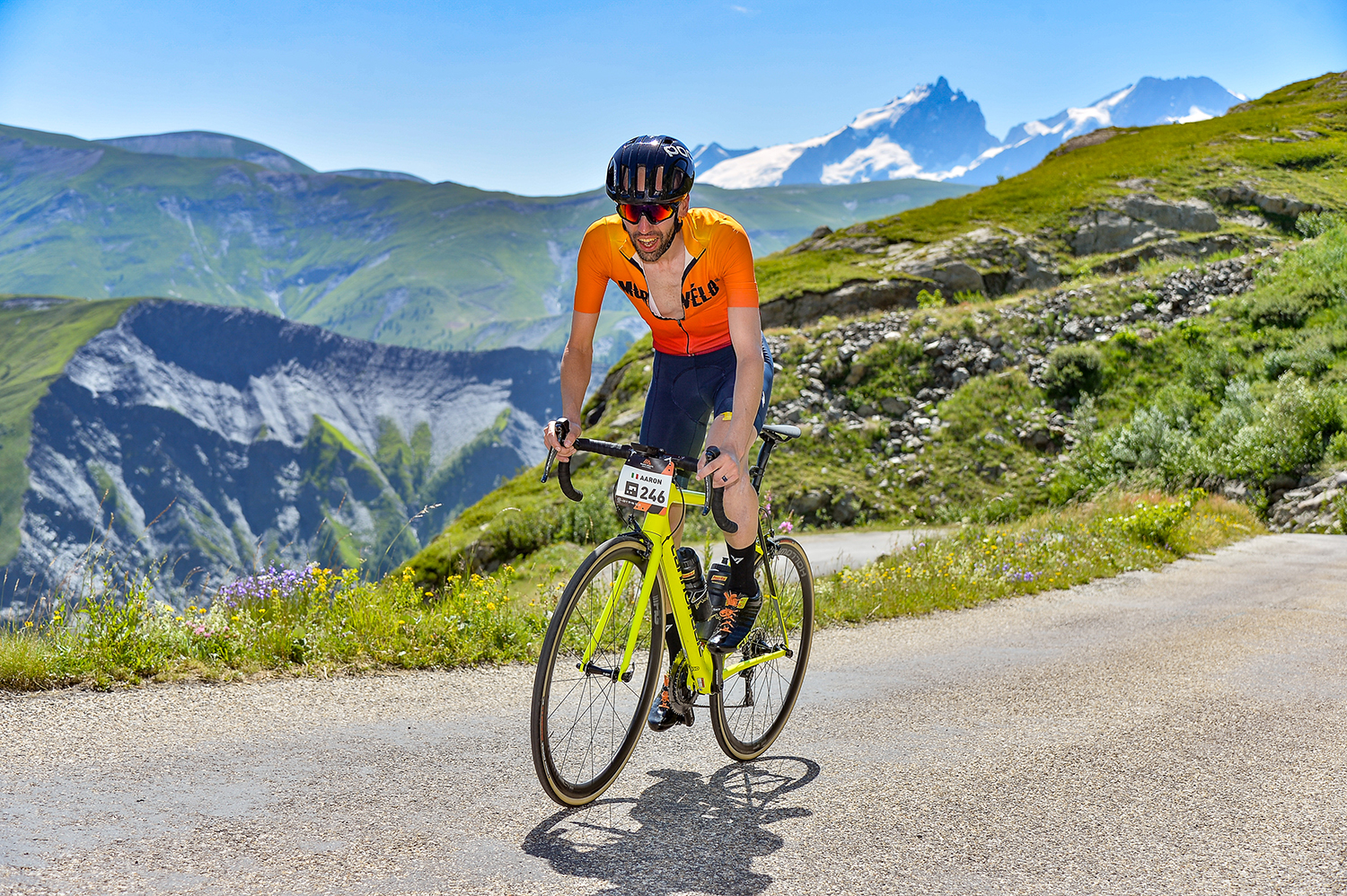Make yourself visible by lighting up every time you ride
A set of high-quality cycling lights will make all the difference out on the road or trail. Here's why you shouldn't leave home without strapping a set to your bike
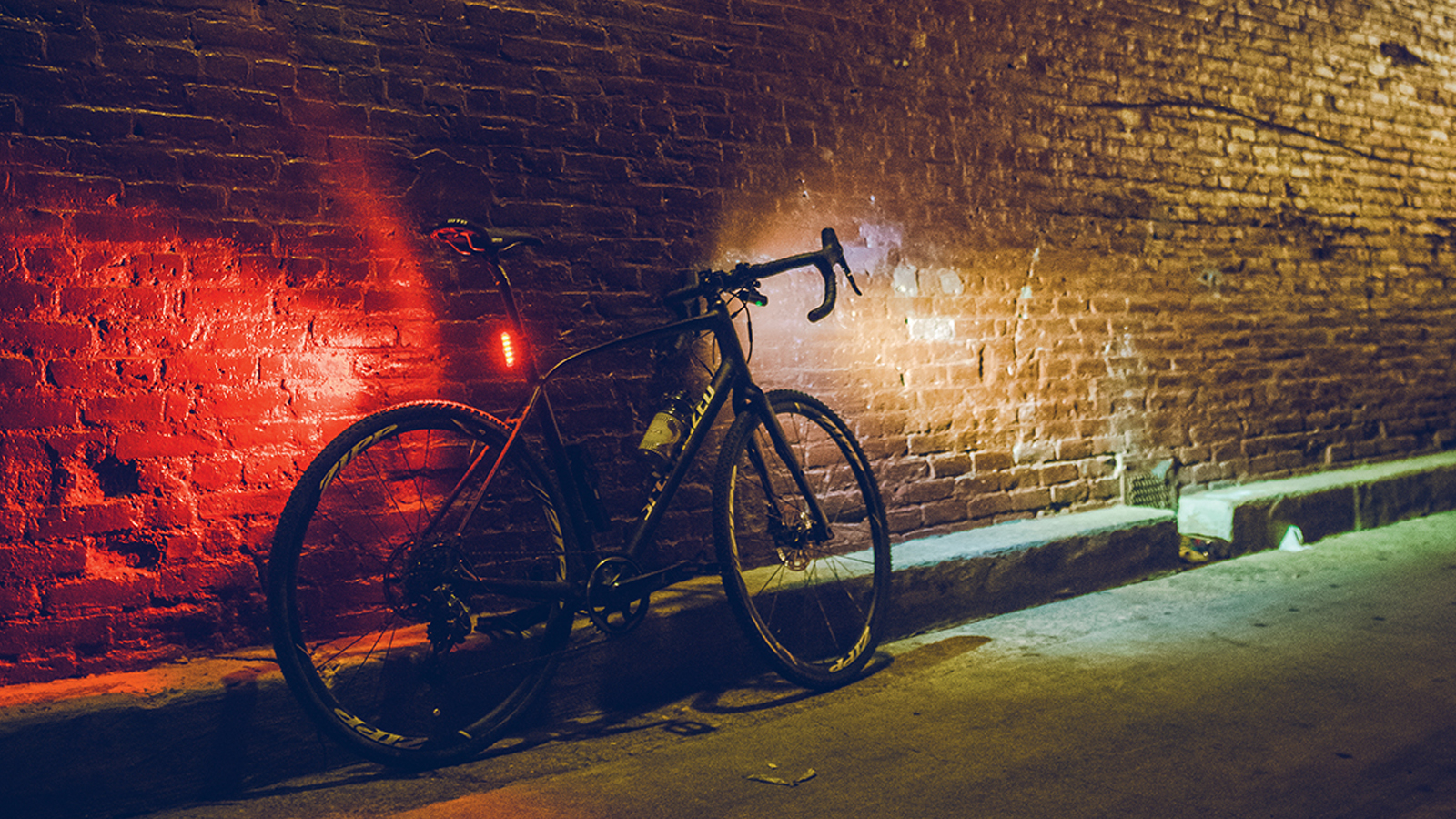
A bicycle light is one of the most important pieces of equipment for any cyclist, yet it's often ignored in favour of other upgrades such as shiny carbon handlebars, deep-section wheels and power meters. In fact, a cycling light is quite possibly the single most important item after the helmet.
According to the Road Vehicles Lighting Regulations (RVLR), it's illegal to cycle on a public road after dark without lights and reflectors, but statistically, most cycling collisions occur during the day, go figure. As cyclists, it's of paramount importance that we remain seen at all times and this means not just high-visibility vests and reflectors but fully capable lights, too.
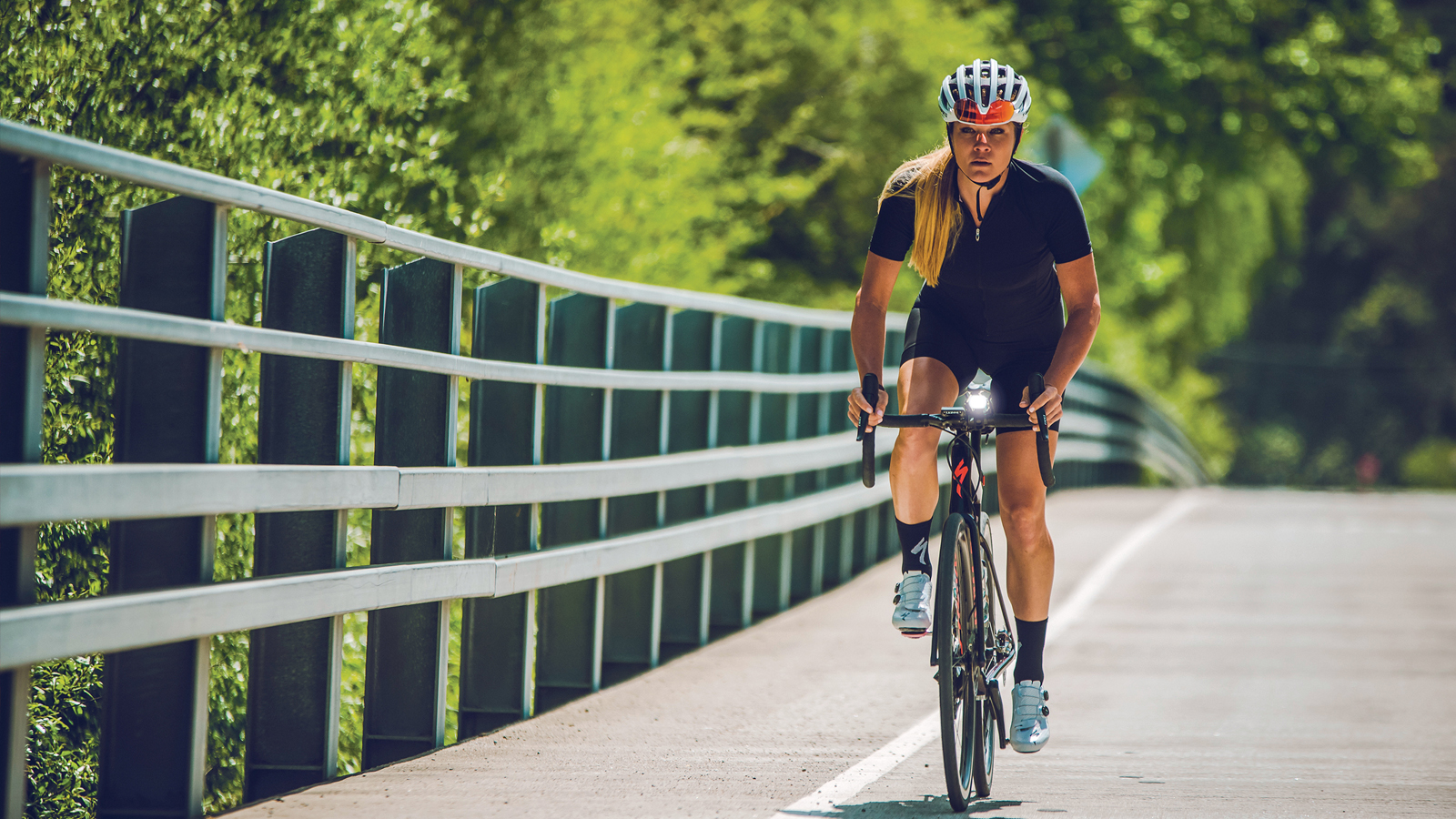
Not only will a good quality set of lights (fixed to both front and rear) help improve your visibility to other road users, the combination of the two will provide you with a better field of vision and bolster your riding experience, regardless of whether your favourite route takes in scenic trails or undulating tarmac.
Of course, there are other factors that can also inhibit visibility, the mercurial nature of the UK's weather and the shortening of daylight during the winter months, for example. There are some great light solutions available to riders, such as DRL (daytime running lights). First introduced in the automotive realm, the daytime running light concept is now a staple feature in the cycling world and can be used both night and day.
With so many options available, it's easy to get overwhelmed, but below, we explain all the jargon, unpack the specifications and hopefully convince you to make an informed decision when purchasing your cycling lights.
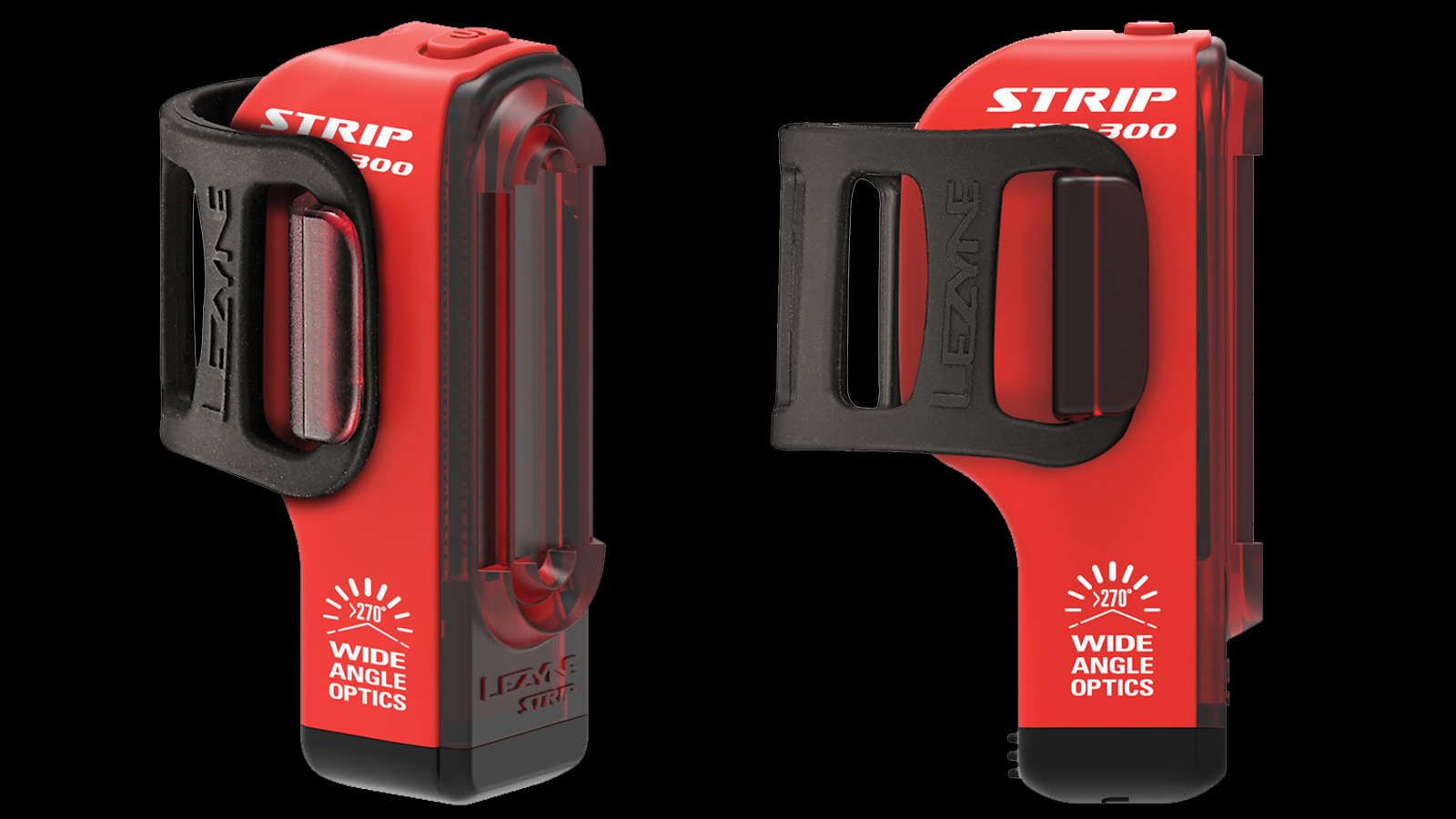
Five factors to consider when choosing a rear cycling light
Lumens
I'm sure you've heard this word a lot on your local club ride — lumens. It's become the gold standard to measure light output, put simply, the more lumens produced by a light bulb, the brighter it will shine. 20 to 30 lumens is considered a reasonable rating but many rear lights have outputs in the hundreds, take the Lezyne Strip Drive Pro 300 example. Another fact to bear in mind is that the advertised maximum lumen output is calculated in flashing mode and steady or constant mode tends to read slightly lower than advertised.
Fitment
Most cycling lights feature universal silicon or rubber straps that wrap around and fasten onto your seat post. Some also come with special mounting brackets to attach to the handlebars, back of your helmet, clothing or backpacks but not all of them provide a secure fit. Of the many options on the market, the Garmin Varia RTL510 and Lezyne Strip Drive offer the best fitment solutions, boasting adapters for flat, round or aero seatposts. Where you place it is up to you but the seat post has become the standard mounting position for rear lights.
Get The Leadout Newsletter
The latest race content, interviews, features, reviews and expert buying guides, direct to your inbox!
Flash Modes
Your cycling light needs at least two lighting modes: flashing and constant. The RVLR states flashing modes should pulse between 60 and 240 times per minute (1–4Hz) but there’s no clear indication as to which mode is most effective. As a result, many cyclists run both a flashing and constant front/rear light combination just to be safe, with the added benefit of a backup should a battery run down. Some lights feature a strobe setting which consists of a constant beam with an inbuilt pulsing brightness.
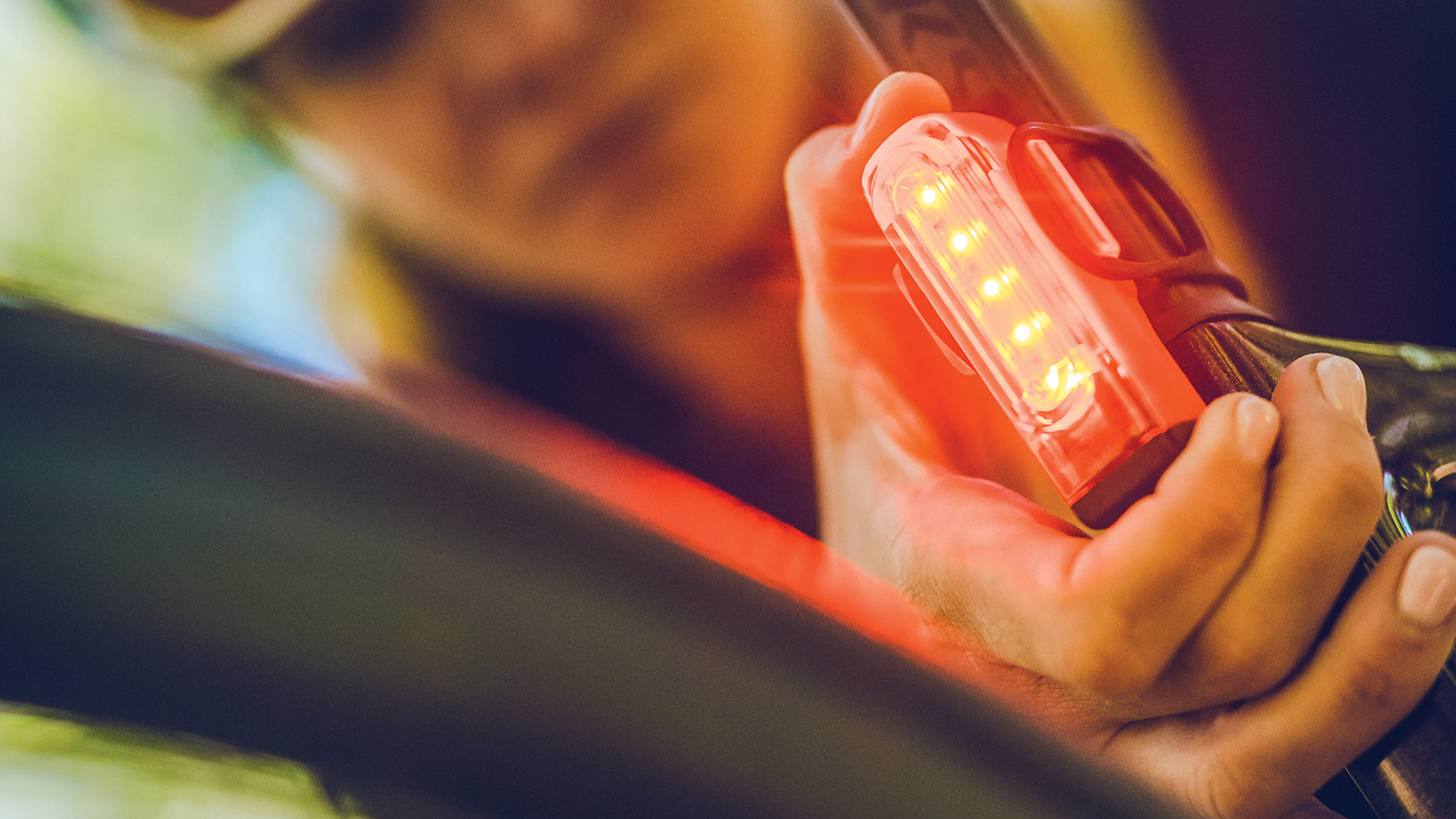
Battery life
There’s no set standard for battery life and most of the current options will easily last the duration of a ride — between 6-10 hours. Some may even last longer - again, Lezyne shines in this regard, the Strip Drive Pro 300 offers a mode that is claimed to last 53 hours. Of course, this all comes down to variables such as the Lumen output, and whether or not it uses ANT+ and Bluetooth Smart connectivity, the latter of which is prone to drastically draining battery life. Also keep in mind that many batteries are directly affected by changes in temperature, which can impact run time.
Pricing
There are a lot of cheap and nasty, poorly constructed and often unreliable options out there but this always comes down to pricing - you get what you pay for. That said, it’s imperative that you invest in a cycling light from a reputable brand such as Bontrager, Lezyne, Blackburn, Moon, Gloworm and Exposure. While this might cost you a little more straight off the bat, you can rest assured it will go the distance and often be covered by a warranty.
This article was written in support for Upgrade Bikes.
Aaron was the Tech Editor Cyclingnews between July 2019 and June 2022. He was born and raised in South Africa, where he completed his BA honours at the University of Cape Town before embarking on a career in journalism. Throughout this career, Aaron has spent almost two decades writing about bikes, cars, and anything else with wheels. Prior to joining the Cyclingnews team, his experience spanned a stint as Gear & Digital editor of Bicycling magazine, as well as a time at TopCar as Associate Editor.
Now based in the UK's Surrey Hills, Aaron's life revolves around bikes. He's a competitive racer, Stravaholic, and Zwift enthusiast. He’s twice ridden the Cape Epic, completed the Haute Route Alps, and represented South Africa in the 2022 Zwift eSports World Championships.
Height: 175cm
Weight: 61.5kg
Rides: Cannondale SuperSlice Disc Di2 TT, Cannondale Supersix Evo Dura-Ace Rim, Cannondale Supersix Evo Ultegra Di2 Disc, Trek Procaliber 9.9 MTB
